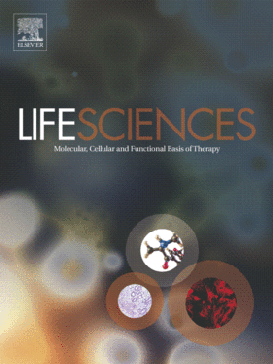“Cannabis species have been used as medicine for thousands of years; only since the 1940s has the plant not been widely available for medical use.
However, an increasing number of jurisdictions are making it possible for patients to obtain the botanical for medicinal use.
For the cancer patient, cannabis has a number of potential benefits, especially in the management of symptoms. Cannabis is useful in combatting anorexia, chemotherapy-induced nausea and vomiting, pain, insomnia, and depression.
Cannabis might be less potent than other available antiemetics, but for some patients, it is the only agent that works, and it is the only antiemetic that also increases appetite.
Inhaled cannabis is more effective than placebo in ameliorating peripheral neuropathy in a number of conditions, and it could prove useful in chemotherapy-induced neuropathy.
A pharmacokinetic interaction study of vaporized cannabis in patients with chronic pain on stable doses of sustained-release opioids demonstrated no clinically significant change in plasma opiates, while suggesting the possibility of synergistic analgesia.
Aside from symptom management, an increasing body of in vitro and animal-model studies supports a possible direct anticancer effect of cannabinoids by way of a number of different mechanisms involving apoptosis, angiogenesis, and inhibition of metastasis.
Despite an absence of clinical trials, abundant anecdotal reports that describe patients having remarkable responses to cannabis as an anticancer agent, especially when taken as a high-potency orally ingested concentrate, are circulating.
Human studies should be conducted to address critical questions related to the foregoing effects.”





